Maeve McSweeney from Carrigaline Community School in Co. Cork shares the health benefits of including fish in our diets.
Turf-smoked or roasted whole on a spit, fish is more historically central to Irish food culture than our more recently celebrated “stew and potato” framed cuisine. Shell middens like those at Dunloughan, Co. Galway contain deposits of oysters, cockles, razorfish and winkles dating back to the early Bronze Age. Fish was once a cheap source of food in Ireland; until the 19th century, it was mainly the poor who gathered shellfish. Their collections of seafood were called cnuasach mara (sea pickings) or bia bocht (poor man’s food). For a long time, seafood was the main source of protein in the Irish diet. For economic and social reasons however, attitudes towards seafood have changed. Nowadays, many species are more expensive than prime cuts of meat, and fish has a different place in the Irish diet. Some shellfish are now approached as luxury foods, such as mussels, once known as the ‘poor man’s oyster’.
Over time, fish became associated with religious abstinence and was a staple protein during Lent. On the Mizen Peninsula, religious traditions like mussel picking on Good Friday are still practised. Salting and smoking were widely used to preserve fish, and many people did not favour the stronger flavours in dishes like salted ling and smoked haddock. These products were often overused due to their long shelf life.
Fishyness
Regardless of the fact that we are an island nation, many of us — especially young people — share a preference for meats over fish. Parents are encouraged to introduce their children to fish at an early age to overcome this “fishyness.” White fish is very easy to digest and is gentle on young stomachs. All kinds of fish are rich in minerals like zinc, selenium and iodine that healthy bones, muscles and immune systems need.
Bord Bia has some useful tips to help encourage children to eat more fish:
- Do be patient. Start with very small amounts of fish — even a mouthful with a meal (maybe offer it as a starter) and gradually work up. It generally takes about six weeks of trying a new food to become comfortable with it.
- Do start with white fish like haddock, which has a milder flavour. As your child gets used to the fish you can add in new varieties and start introducing stronger tasting oil-rich fish.
- Do get older children involved in cooking and preparing meals that include fish — many children are willing to eat anything they have made themselves.
Healthy oils
It can take time for children to acquire a taste for the bolder flavours of
some oily fish like mackerel, but the nutritional benefits will pay off. In the womb, the foetus gets omega-3 fatty acids from foods the mother eats. After birth, babies need to get omega-3s from breast or fortified formula milk. Omega-3 fatty acids are considered essential fatty acids. This means they are necessary for human health, but the body can’t make them and must get them through food. Omega-3s come from a family of fats called PUFAs (polyunsaturated fatty acids) and are also known as EPA (Eicosapentaenoic acid) and DHA (Docosahexaenoic acid). Evidence suggests they may be helpful in preventing heart disease by:
- Reducing the ‘stickiness’ of the blood, making it less likely to clot
- Protecting arteries, which carry blood to the heart, from damage
- Reducing levels of triglycerides in the blood
There is a great deal of research into the potential role of omega-3 fatty acids in protecting memory and treating conditions like dyslexia and ADHD. Over 60% of the brain is made up of fat and omega-3s makeup about half of this. Current healthy eating guidelines recommend to consume two portions of fish per week, oily fish being the best option. The ideal portion size will equal the thickness and size of the palm of the hand (approximately 140g of fresh fish).
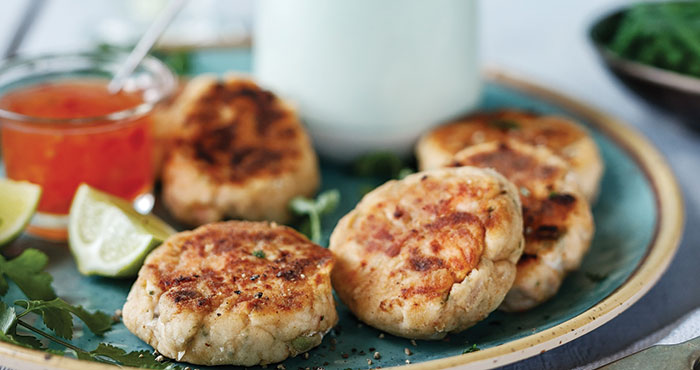
Try out these simple options when introducing oily fish and sea vegetables to children and teenagers:
Homemade mackerel pâté
Serve this with tortilla chips. Get creative and pipe a fish pâté onto crackers or cucumber. Mackerel is delicious with apple, balsamic vinegar, chorizo and rhubarb. Let children watch you enjoy this as a comforting snack. Check out Maeve’s recipe for homemade mackerel pâté (and some gorgeous food photography!) here: www.maevemcsweeney.com
Pesto
Use a seaweed-based pesto on cheese or with noodles. WASI (produced in Bantry) make a very tasty Chilli and Lemongrass Seaweed Pesto. Sea vegetables (marine algae), once more central in our food culture, offer one
of the broadest ranges of minerals of any food. They have a high protein content (47% in some species like dulse). Sea vegetables are an excellent source of iodine, vitamin C, manganese and vitamin B2. Sea vegetable products can be used in sushi, breads, salads, soups and smoothies.
Fish kebabs
Kebabs are a great way to introduce oily fish to children. Pair marinated salmon with familiar flavours like honey-glazed apple, or try teriyaki salmon with barbecued peppers and red onions during the summer months. Barbecued fish skewers are a great way to experience the roasted fish flavour that was enjoyed so often by our ancient Irish ancestors.
With online services like those provided by Farmsy (www.farmsy.ie) and NeighbourFood (www.neighbourfood.ie), consumers have increasing access to premium-quality Irish seafood. It is also encouraging to note that despite Brexit and the COVID-19 pandemic, domestic consumption of fish continues to rise. Hopefully this is a trend that will continue to move upstream.
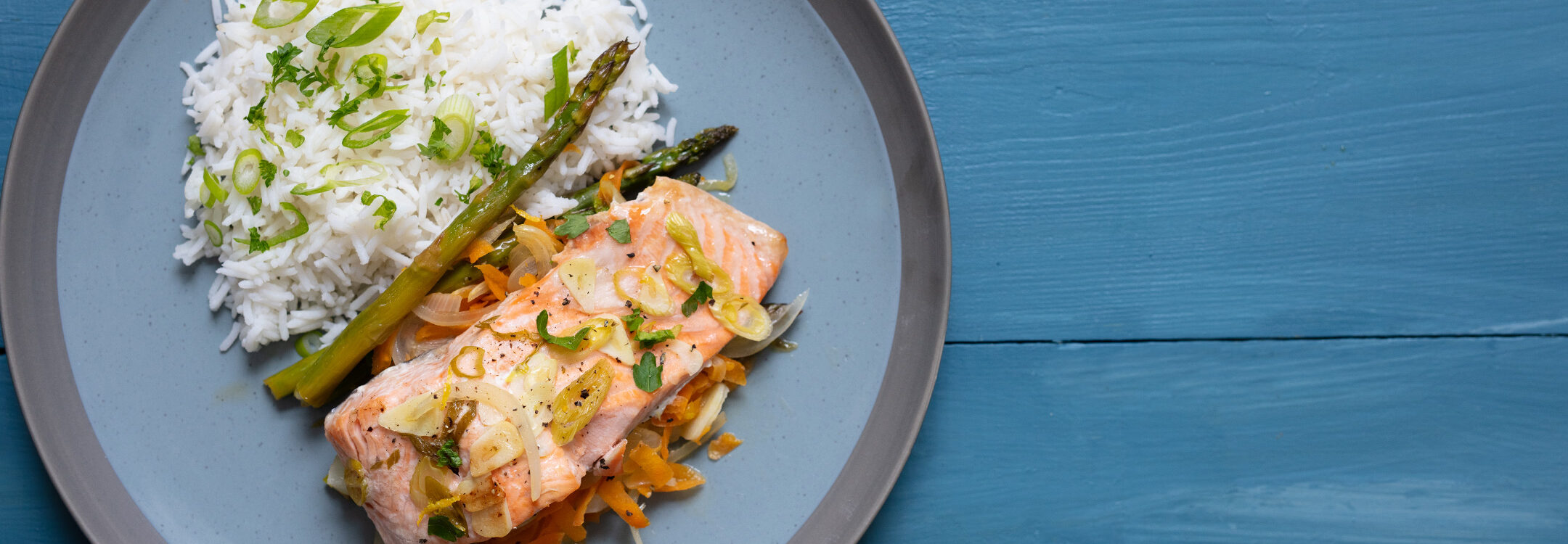
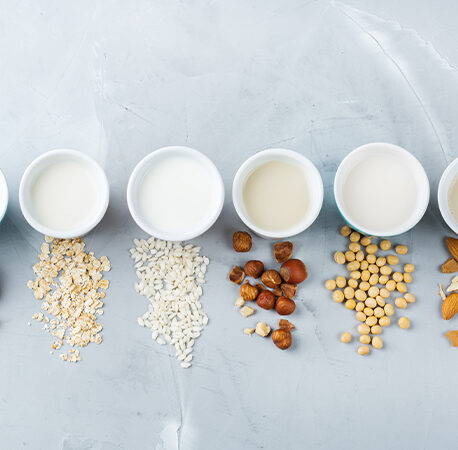
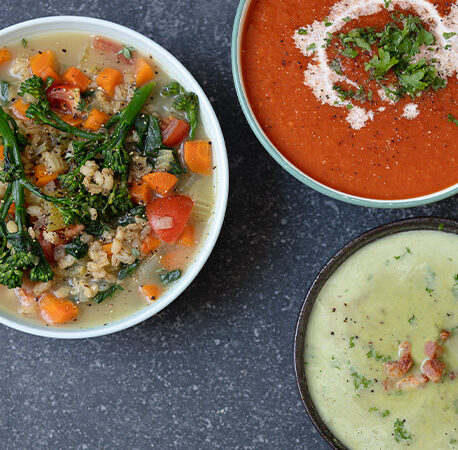

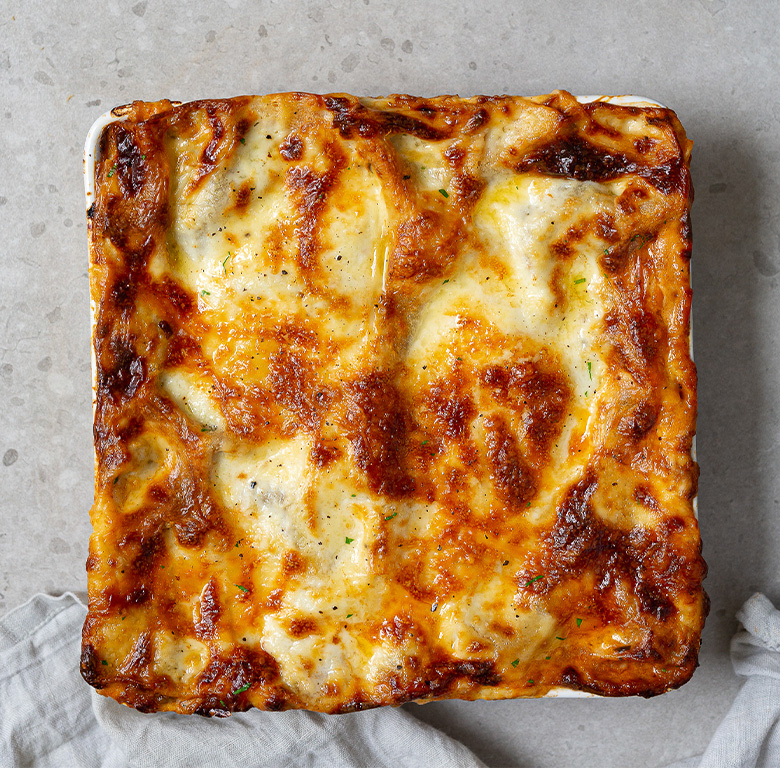
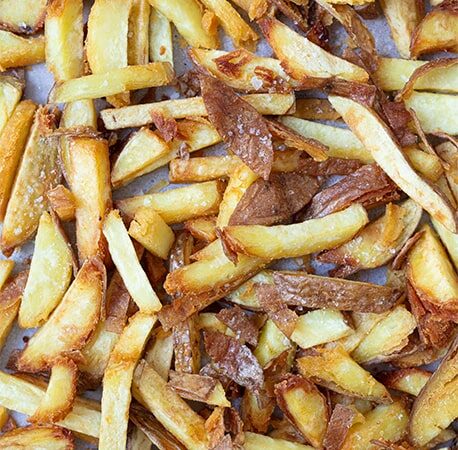
You have to be signed in to comment this post.